It does not always have to be bright colors that make a fish interesting. Rather, it appeals to nature lovers to study the life history of the animals they keep and this often leaves a deeper impression in the long run than the colorful appearance. By cichlid standards Heroina isonyterina is a gray mouse. However, it is exciting that this animal became known to science only very late. First collections were made in Colombia in 1958, then in Ecuador in 1971 and 1981 and in Peru in 1986. In spring 1995 H.-G. Breidohr, I. Kranz, U. Werner and W. Zucker flew to Colombia and searched east and west of Florencia in the drainage of the Rio Caqueta for cichlids. Among others, they caught the then scientifically unnamed H. isonycterina there, were able to bring it back and breed it. This prompted S. Kullander to finally give a formal scientific description of the new genus and species. The genus name is the female form of Heros – another genus of cichlid – and literally means “heroine”, the species name isonycterina means “equinox” and refers to the narrow distribution strip of the species in the far west of the Amazon drainage near the equator, where day and night are known to last 12 hours each.
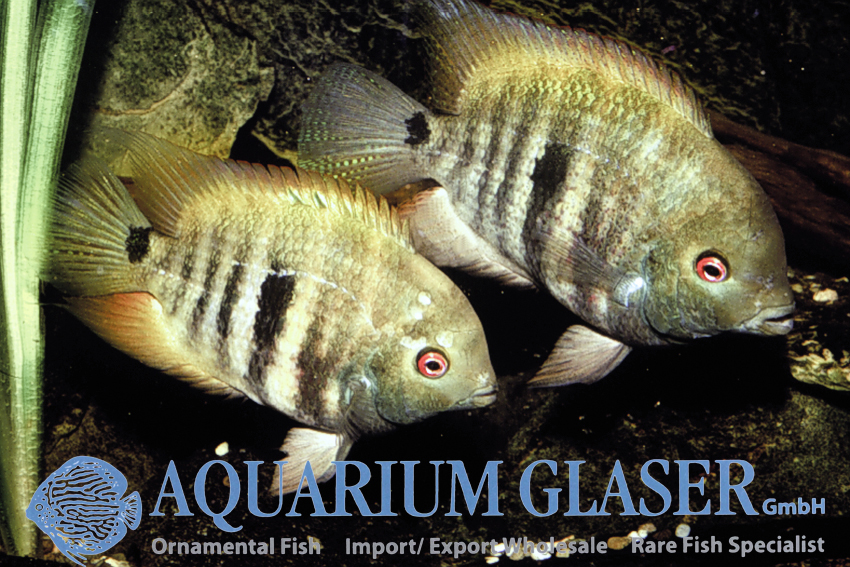
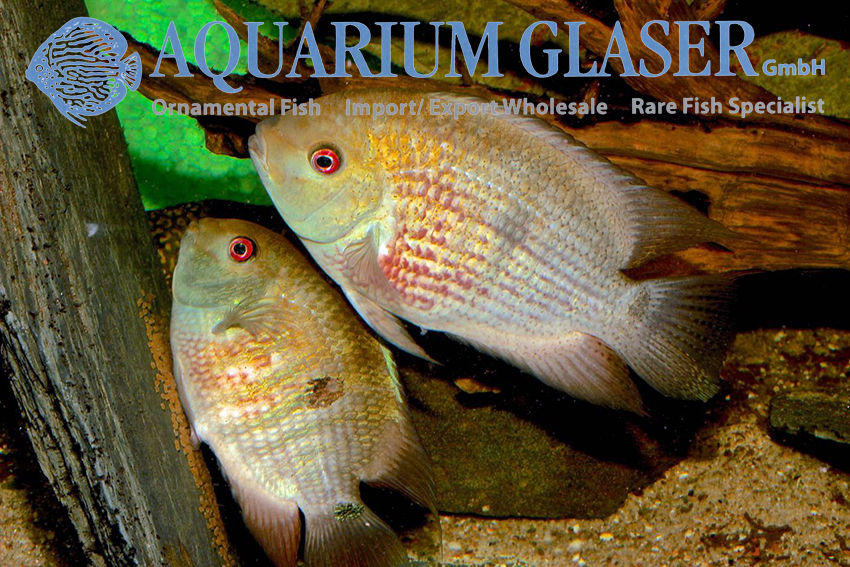
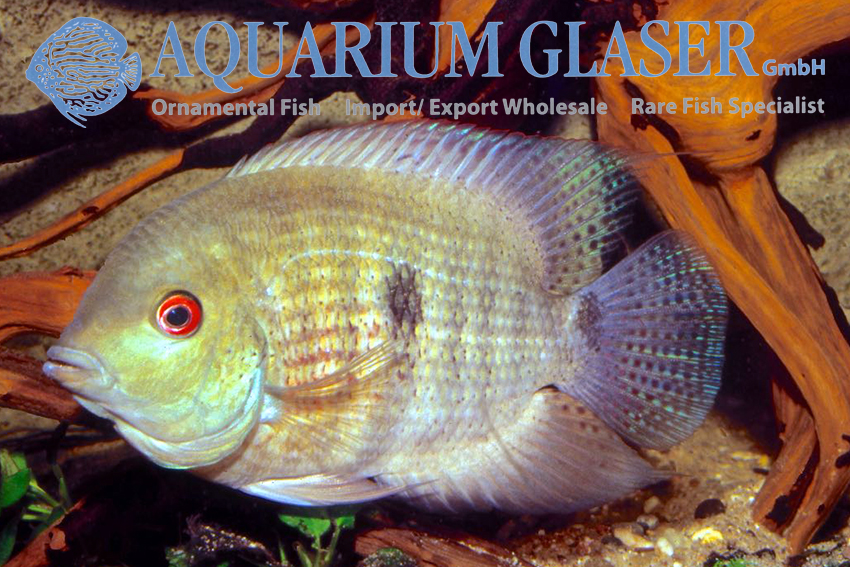
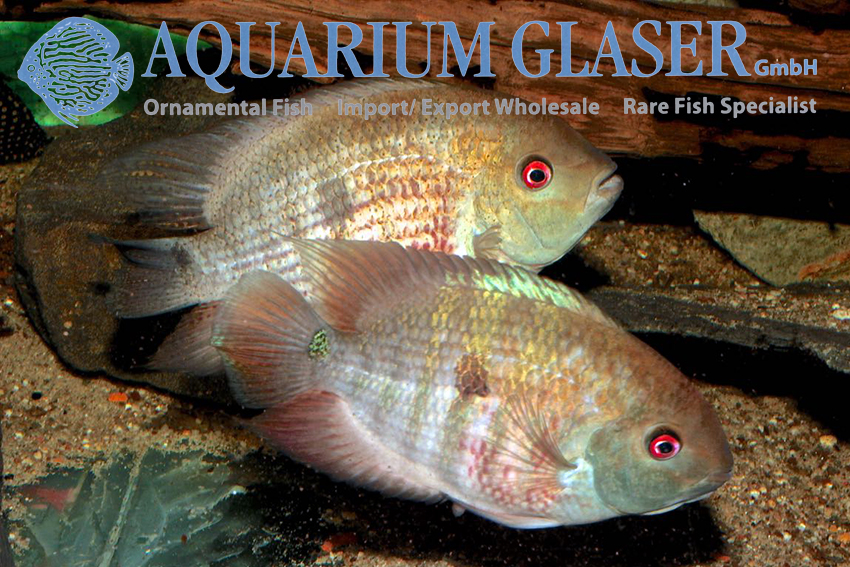
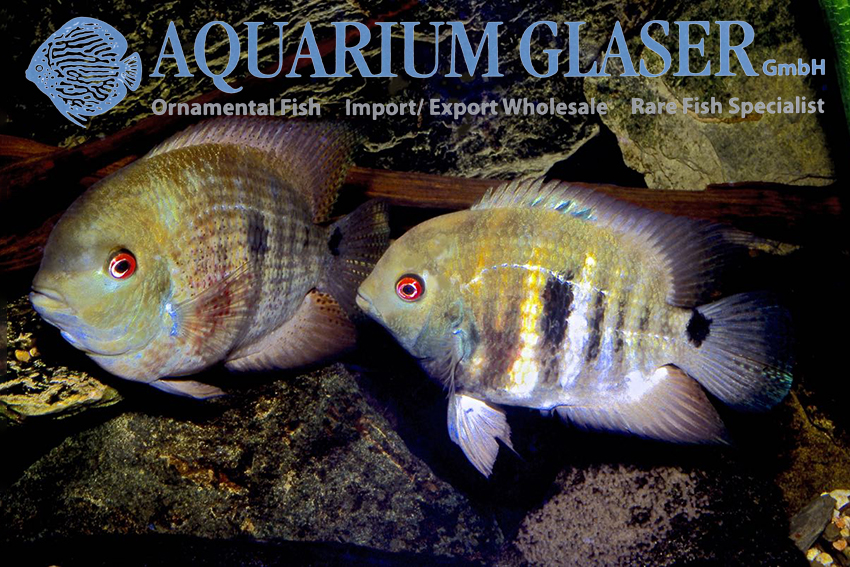
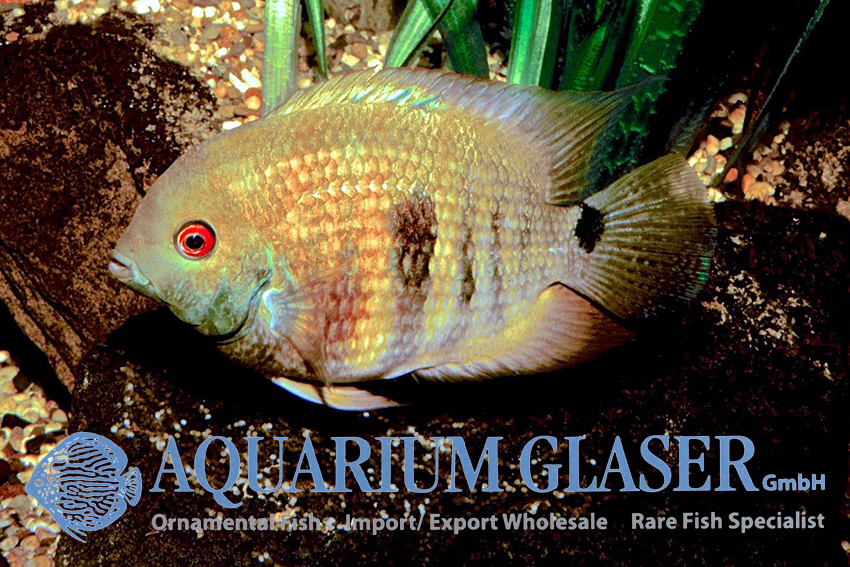
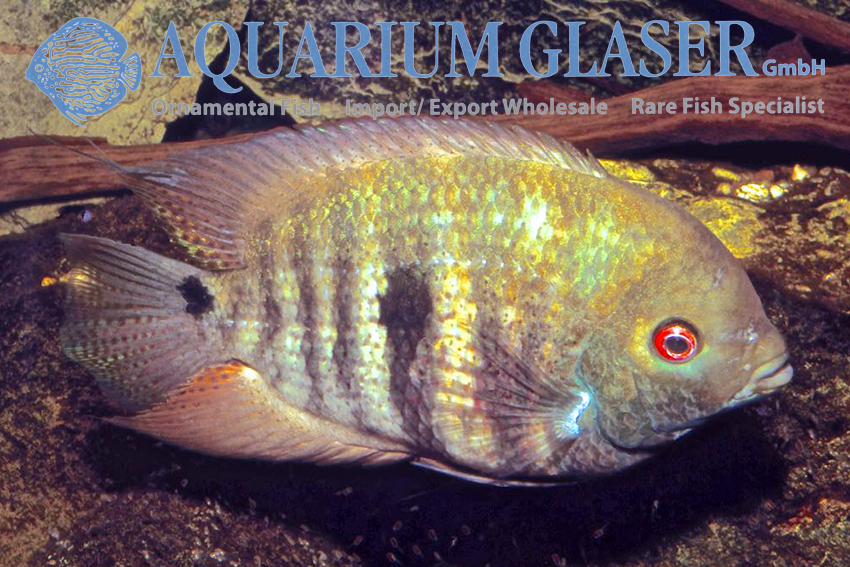
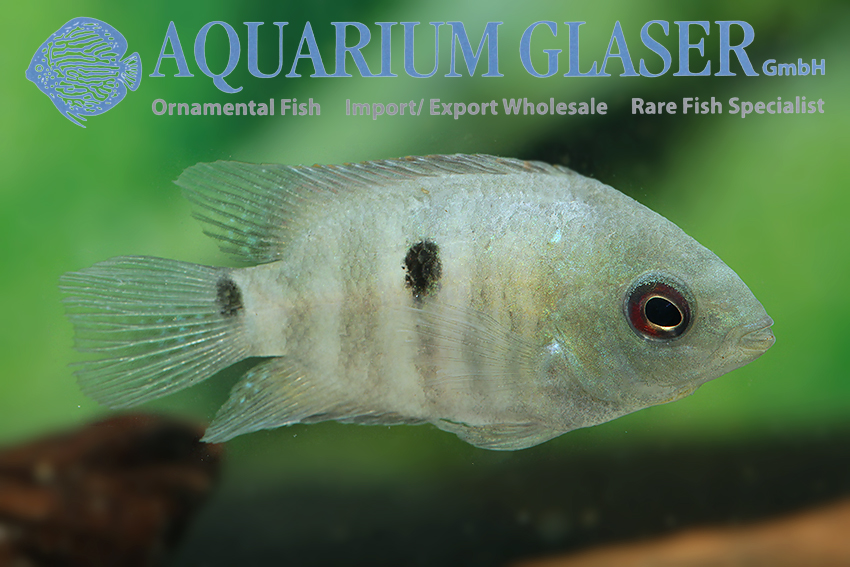
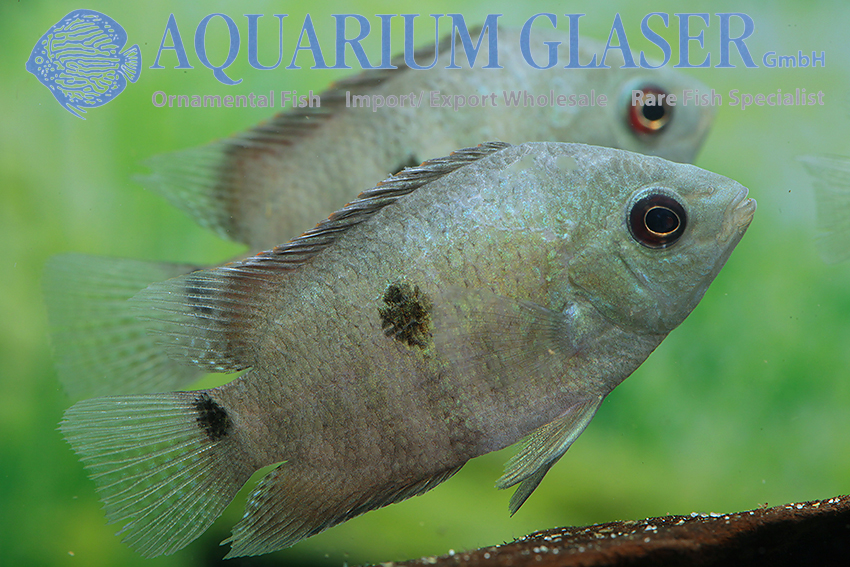
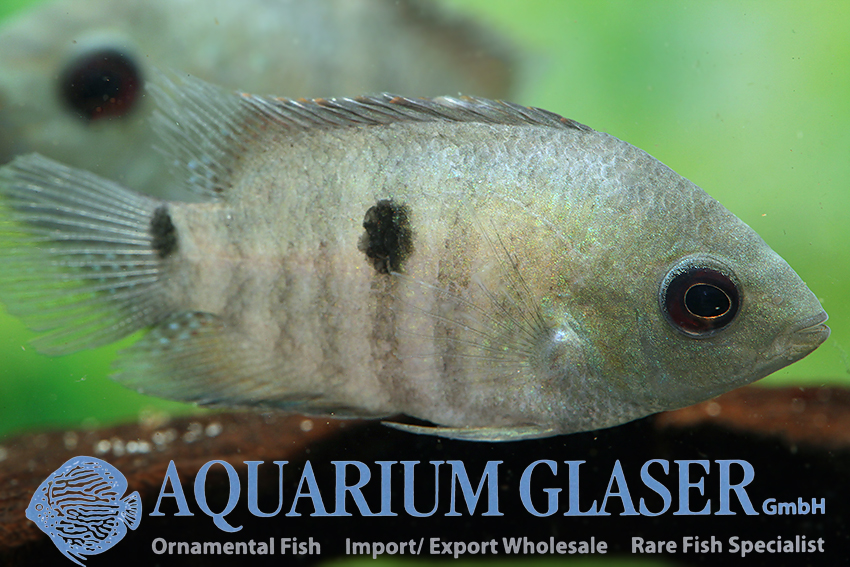
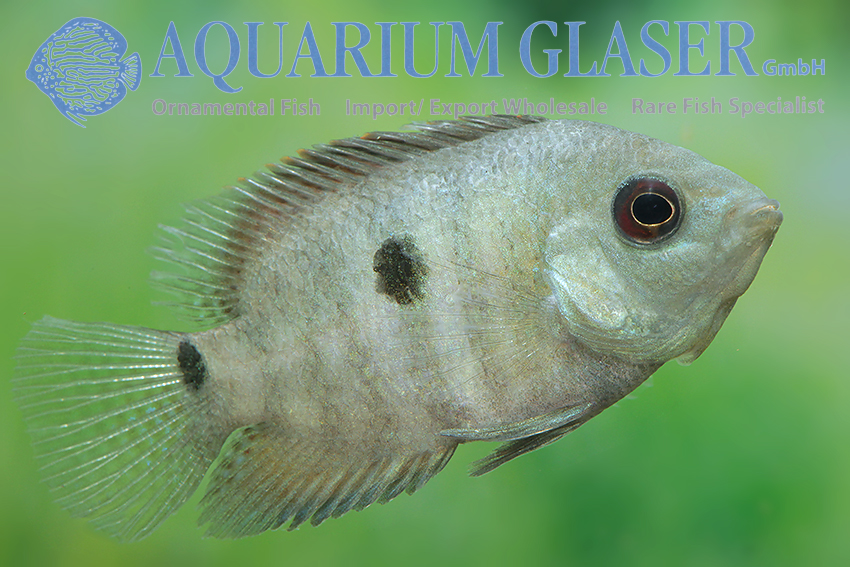
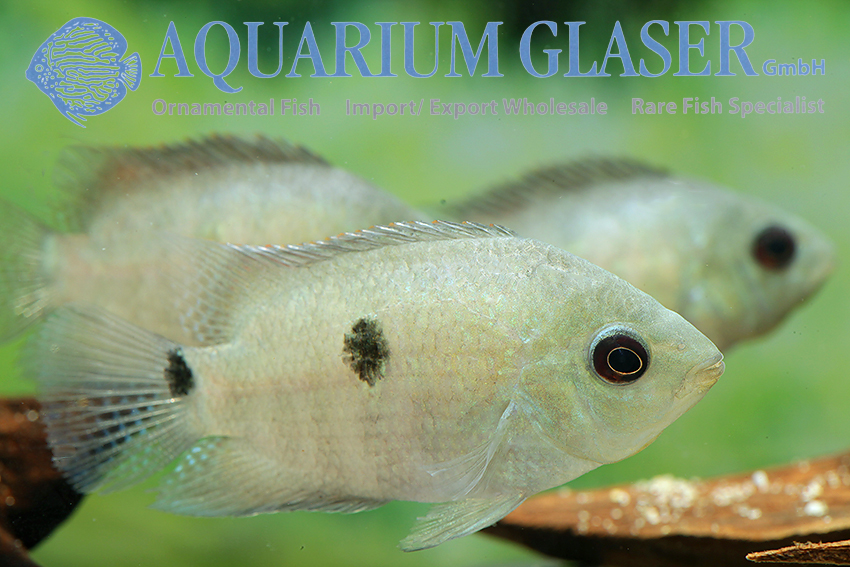
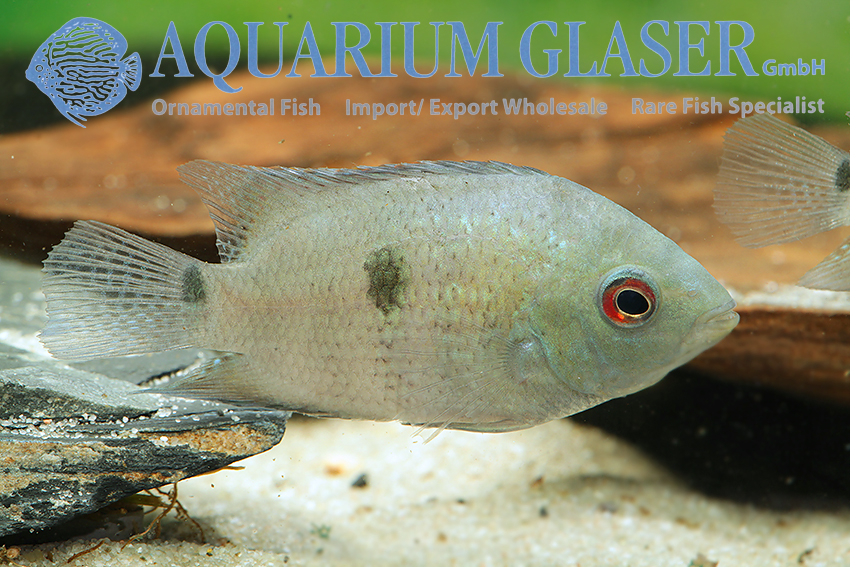
The species falls quite out of the frame of what one expects of cichlids in South America. On the one hand it reminds a bit the also South American genera Hypselecara and Caquetaia, on the other hand it reminds very clearly to the Central American Cichlasoma relatives. With about 15 cm maximum length (males, females remain smaller) H. isonycterina is not a giant and already well accommodated in a meter tank. They are open breeders with a parental family. Some specimens spawn completely open, e.g. on flat root woods at the bottom, others prefer somewhat protected places under overhangs up to cave-like structures. Males and females differ in color when sexually mature. In females, the unpaired fins are less stippled and a greenish reflective zone develops in the dorsal fin.
We can currently offer offspring of this very rarely commercially available cichlid.
For our customers: the animals have code 682882 on our stocklist. Please note that we supply exclusively to wholesalers.
Text: Frank Schäfer, photos: Uwe Werner (adults) & Frank Schäfer (juveniles)




